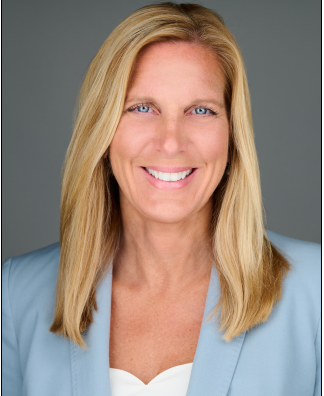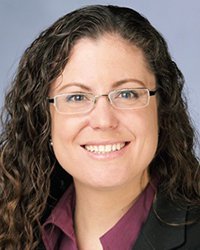Past Webinar
Crime is highly concentrated. Geographically small, chronically violent hotspots account for a large proportion of the violence and other crimes that occur in urban environments. This virtual learning café described the criminal networks that underlie chronic violent hotspots and introduce an approach to reducing violence called Place Network Investigations (PNI). PNI, grounded in crime science, calls for highly skilled police investigations, community collaboration, and a city-driven response to systematically disrupt and dismantle violent crime-facilitating networks. Learn how crime-place networks operate and provide examples of investigative techniques designed to uncover crime-place networks.
Speakers joining us are:

Robin S. Engel, Ph.D

Tamara D. Herold, Ph.D
Robin S. Engel, Ph.D. is a Senior Research Scientist at the John Glenn College of Public Affairs at The Ohio State University, following over 25 years in academic positions at the University of Cincinnati and the Pennsylvania State University. She is also a Senior Advisor for 21st Century Policing Solutions (21CP). From 2015 – 2019, she served as Vice President for Safety and Reform at the University of Cincinnati, where her executive duties included oversight of daily public safety operations and successful implementation of comprehensive police reforms in the aftermath of a fatal police shooting of an unarmed motorist. Dr. Engel has spent her career generating and testing evidence-based police practices, transforming police agencies through reform efforts, and reducing crime and violence in our most vulnerable communities.
As an award-winning researcher, she has partnered with dozens of police agencies and communities in the US and internationally, served as Principal Investigator for over 100 funded research studies and projects totalling over $32M in external funding, and was previously ranked among the top academics in the US (and the number one women) in the fields of criminal justice/criminology based on publications in prestigious peer-reviewed journals. Dr. Engel serves as a four-time governor-appointed member of the Ohio Collaborative Community-Police Advisory Board, consultant on police training for the Ohio Attorney General, and former Co-chair of the International Association of Chiefs of Police’s Research Advisory Committee. As a top scholar and trusted leading authority in police science, Dr. Engel continues to engage in research designed to make police-citizen encounters safer, reduce harm, and promote best practices through academic-practitioner partnerships that translate and integrate research into practice.
Tamara D. Herold, Ph.D. is an American crime scientist. She applies the crime science perspective to study how the design and management of places impact crime. She also researches crowd and neighborhood dynamics associated with violence. She co-developed the violence reduction initiative, Place Network Investigations (formerly Place-based Investigations of Violence Offender Territories or PIVOT), which received the 2017 Herman Goldstein Award for Excellence in Problem-Oriented Policing. The recipient of two additional Goldstein awards for reducing school violence and university student victimization, she has developed crime prevention strategies for numerous U.S. and international police agencies. Recently commissioned by the National Academies of Science, Engineering, and Medicine to conduct a systematic review of effective police training methods, Dr. Herold develops evidence-based police training curricula to improve crime prevention and community engagement outcomes. Dr. Herold received her Ph.D. with an emphasis in Crime Prevention from the University of Cincinnati. She is an Associate Professor of Criminal Justice at the University of Nevada, Las Vegas and currently serves as a Senior Advisor for the U.S. National Institute of Justice, leading NIJ’s Evidence to Action (E2A) initiative. Her E2A efforts and research are focused on bridging the gap between science and practice.
